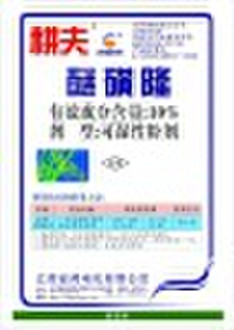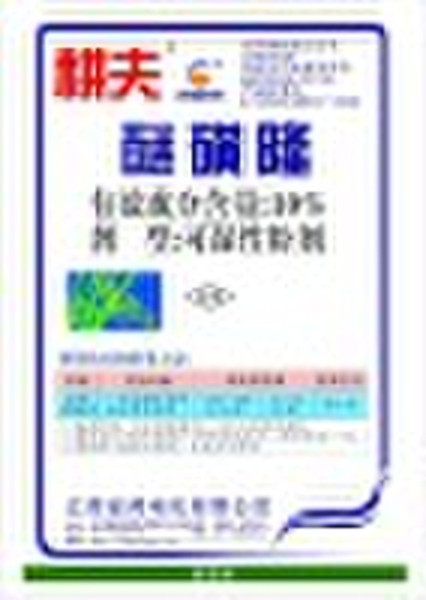Catalog
-
Catalog
- Agriculture
- Apparel
- Automobiles & Motorcycles
- Beauty & Personal Care
- Business Services
- Chemicals
- Construction & Real Estate
- Consumer Electronics
- Electrical Equipment & Supplies
- Electronic Components & Supplies
- Energy
- Environment
- Excess Inventory
- Fashion Accessories
- Food & Beverage
- Furniture
- Gifts & Crafts
- Hardware
- Health & Medical
- Home & Garden
- Home Appliances
- Lights & Lighting
- Luggage, Bags & Cases
- Machinery, Hardware & Tools
- Measurement & Analysis Instruments
- Mechanical Parts & Fabrication Services
- Minerals & Metallurgy
- Office & School Supplies
- Packaging & Printing
- Rubber & Plastics
- Security & Protection
- Service Equipment
- Shoes & Accessories
- Sports & Entertainment
- Telecommunications
- Textiles & Leather Products
- Timepieces, Jewelry, Eyewear
- Tools
- Toys & Hobbies
- Transportation
Filters
Search
cinosulfuron

sara Leung
Contact person
Basic Information
| CAS No. | 94593-91-6 |
|---|---|
| Place of Origin | Jiangsu China (Mainland) |
Physical-chemical properties:1) Appearance: colorless crystalline powder2) Melting point: 127.0 - 135.2oC (pure)3) V.p.: <0.01mPa (25oC)4) KOWlogP: 2.04 (pH 2. 1, 25oC)5) S.g./density: 1.47 (20oC)6) Solubility: a) In water: 120 (pH 5.0), 4000 (pH 6.7), 19000 (pH 8.1) (all in mg/L, 25oC)b) In acetone: 36000, ethanol 1900, toluene 540, n-octanol 260, n-hexane <1 (allin mg/L, 25oC)7) Stability: a) Decomposes above the melting point b) No significant hydrolysis at pH 7 - 10; considerable hydrolysis at pH 3 - 5Technical specification: 92TC1) Appearance: light yellow powder2) a.i. content (m/m): 92.0% (minimum)3) Moisture content (m/m): 1.0% (maxnimum)4) pH value: 3 ?5 Formulation: 10WPAnalysis: HPLCPackaging: 25kg/plastic woven bag or cardboard drum lined with plastic bagApplications:1) Biochemistry: branched chain amino acid synthesis (acetolactate synthase or ALS)inhibitor. Acts by inhibiting biosynthesis of theessential amino acids valine and isoleucine, hence stopping cell division and plant growth2) Action: absorbed primarily by shoots and roots, and translocated to actively growing meristematic tissue.3) Uses: applied post-emergence to control many weeds, including Alisma, Annaal Cyperus Eleocharis, Marsilea, Potmnogeton andSagittarla spp., Monochoria vaginalis and Sphenoclea zeylanica in transplanted, directly seeded, wet- sown,water-sown,and dry-sown rice crops, at 20 - 80g/ha. Also used in tropical plantation crops.For full weed spectrum, may needto becombined with agrass herbicide in tank-mix or sequential treatment.Toxicology:1) Oral: acute oral LD50 rats and mice >5000mg/kg2) Skin and eyes: acute percutaneous LD50 for rats >2000mg/kg; not irritating to skin or eyes of rabbits. Non-sensitising to skin (guinea pigs).3) Inhalation: LC50 for rats >5mg/L air4) NOEL: (2y) in rats 400, mice 60ppm; (1y) for dogs 2500ppm5) Birds: acute oral LD50 for Japanese quails >2000mg/kg6) Fish: LC50 (96h) for rainbow trout >100mg/L7) Bees: non-toxic; LD50 (oral and contact) >100ug/bee8) Worms: LC50 (14d) for Eisenia foetida 1000mg/kg9) Daphnia: LC50 (48h) 2500 mg/L
Payment term
Letter of credit
Telegraphic transfer
-
Payment Methods
We accept:









